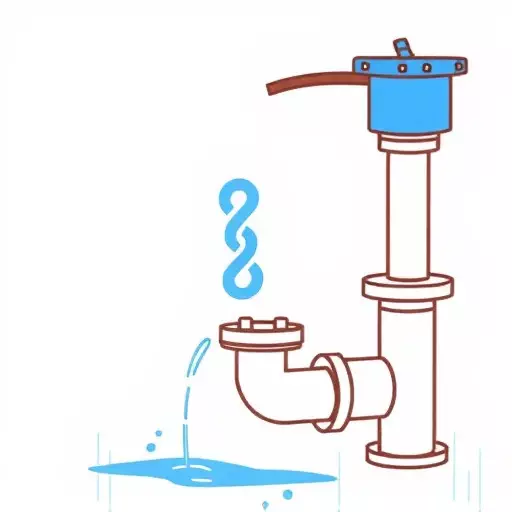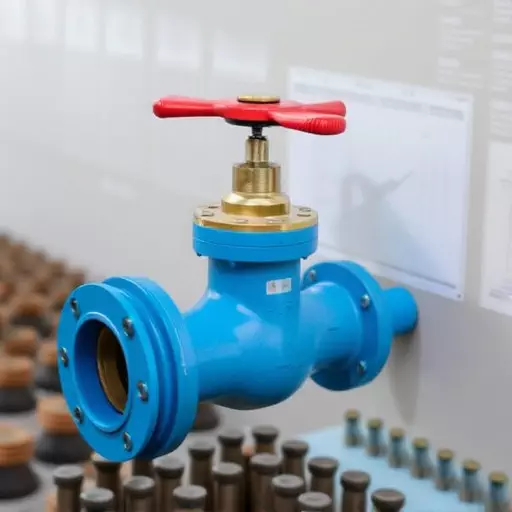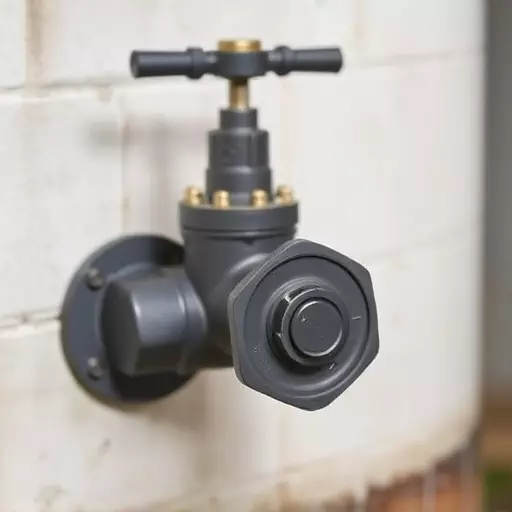Backflow preventer testing in Spring Lake is an annual, regulatory requirement for both residential and commercial properties. It's crucial for maintaining a safe water supply by preventing contaminated water from reversing into potable sources. Commercial settings require meticulous annual inspections to identify potential leaks, corrosion or malfunctions, ensuring the integrity of the local water system and protecting customers, employees, and the community from health hazards. Strict adherence to these standards fosters a safe environment, maintaining water as a reliable resource for Spring Lake residents.
Water safety audits, including rigorous backflow testing, are essential components of any comprehensive water management strategy. In this article, we delve into the critical importance and overview of these audits, focusing specifically on backflow preventer testing. We explore why annual testing is crucial, its role in commercial settings, and how local regulations like those in Spring Lake contribute to overall water safety compliance. Additionally, we provide best practices for effective backflow management.
- Understanding Water Safety Audits: The Importance and Overview
- Backflow Preventer Testing: A Critical Component of Water Safety
- Annual Backflow Preventer Testing: When and Why It's Necessary
- Commercial Backflow Preventer Inspection: Ensuring Safety in Business Settings
- Spring Lake's Role: Local Regulations and Compliance for Water Safety
- Best Practices for Effective Backflow Testing and Prevention
Understanding Water Safety Audits: The Importance and Overview

Water safety audits, especially annual backflow preventer testing in Spring Lake, are crucial for maintaining a secure and healthy water supply system. These audits ensure that backflow preventers—devices designed to stop contaminated water from flowing back into potable water sources—are functioning correctly. In commercial settings, regular backflow preventer inspections are not just regulatory requirements but also vital for safeguarding communities.
During these audits, professionals meticulously examine backflow preventers, checking for any signs of damage or wear and ensuring they meet the necessary safety standards. Annual testing is essential as it allows for early detection of potential issues, preventing disasters and protecting both residential and commercial areas from hazardous water conditions.
Backflow Preventer Testing: A Critical Component of Water Safety

Backflow Preventer Testing is a critical component of water safety, especially in areas like Spring Lake where proper precautions are essential to mitigate risks associated with contaminated water. This annual requirement involves rigorous inspections and evaluations of backflow preventers, designed to stop harmful substances from flowing back into the main water supply. Commercial backflow preventer inspection services play a vital role here, ensuring these devices function optimally to safeguard both residential and commercial properties.
During an annual backflow preventer testing session, professionals scrutinize various aspects including device functionality, potential leaks, and correct pressure settings. This proactive approach helps in identifying any issues before they can lead to serious water contamination incidents. By adhering to these strict testing protocols, Spring Lake residents and businesses contribute significantly to maintaining a robust water safety system.
Annual Backflow Preventer Testing: When and Why It's Necessary

In the pursuit of ensuring water safety, especially in commercial settings like Spring Lake, regular Backflow Preventer Testing is paramount. This annual ritual involves meticulous inspection and maintenance of backflow devices, which play a critical role in stopping contaminated water from flowing back into potable water supplies. It’s not just a regulatory requirement; it’s a proactive measure to safeguard against potential health hazards and ensure the integrity of the local water system.
Annual backflow preventer testing is essential for commercial properties as it identifies any potential leaks, corrosion, or malfunction in the backflow devices. This process includes a comprehensive assessment of the entire water system, identifying weak points and areas of vulnerability. By adhering to this stringent protocol, Spring Lake businesses contribute significantly to maintaining the quality and safety of their water supply, protecting both customers and the broader community.
Commercial Backflow Preventer Inspection: Ensuring Safety in Business Settings

In commercial settings, maintaining water safety is paramount. One critical aspect often overlooked but crucial for preventing contamination is regular Backflow Preventer Testing Spring Lake. Annual backflow preventer testing ensures that these devices function optimally, safeguarding both employees and customers from potential hazards like harmful chemical backflow into potable water sources. A Commercial backflow preventer inspection involves thorough evaluation of the backflow prevention assembly (BPA), checking for proper installation, maintenance, and any signs of damage or wear.
During these inspections, professionals verify that the BPA is configured appropriately for the specific facility’s needs, meeting all local and national regulations. They also inspect connection points, valves, and pressure relief devices to ensure they operate as intended. This routine practice not only mitigates the risk of waterborne diseases but also helps establish a robust safety culture within businesses, promoting accountability and compliance with essential safety standards.
Spring Lake's Role: Local Regulations and Compliance for Water Safety

Spring Lake, known for its picturesque scenery and vibrant aquatic life, also places a strong emphasis on water safety through stringent local regulations. These guidelines are designed to protect residents and visitors alike from potential hazards associated with water systems, particularly when it comes to backflow preventer testing in Spring Lake. The annual backflow preventer testing is not just a recommendation but a mandatory requirement for all commercial and residential properties. This rigorous process involves a comprehensive backflow preventer inspection to ensure these critical safety mechanisms are functioning optimally.
Compliance with local regulations, such as those governing annual backflow preventer testing, is crucial for maintaining the integrity of water systems. Commercial backflow preventer inspections play a vital role in identifying and rectifying any potential issues before they can lead to contamination or other serious risks. By adhering to these standards, Spring Lake fosters a safe and healthy environment for its community, ensuring that water remains a reliable and enjoyable resource for all.
Best Practices for Effective Backflow Testing and Prevention

Maintaining water safety is paramount, especially in areas like Spring Lake where regular backflow preventer testing is crucial. Annual backflow preventer testing ensures that these critical devices are functioning optimally, preventing contaminated water from flowing back into the main supply. This preventive measure is essential for both residential and commercial properties, safeguarding against potential health risks and water quality issues.
Effective backflow testing involves a systematic approach. Commercial backflow preventer inspections should be conducted by certified professionals who follow best practices. This includes thoroughly inspecting the preventer’s physical condition, checking for any signs of damage or wear, and verifying proper installation. Additionally, testing the device’s functionality through pressure-testing procedures ensures it can effectively isolate the supply line when needed. Regular maintenance and timely replacement of worn-out components further enhance the overall effectiveness of backflow prevention systems.


